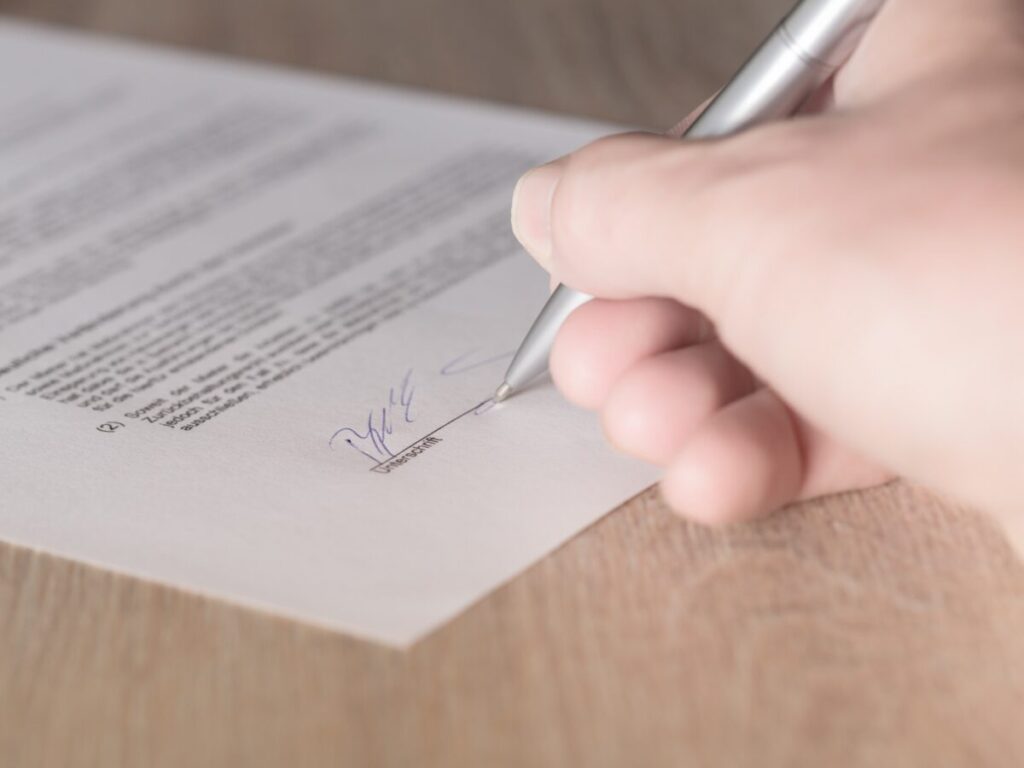Both the guarantee, the warranty and the right of withdrawal have a number of special rules that only a few know. Some manufacturers and dealers shamelessly exploit the ignorance of the buyer. We reveal how you always have the upper hand.

TABLE OF CONTENTS
1 Guarantee and warranty – that is the decisive difference
The catch with warranty
2 Right of withdrawal – but less than 14 days?
Cancellation despite damaged goods?
Who pays the return costs?
First of all: No, sellers cannot simply invoke the manufacturer’s guarantee and send you to Apple , Samsung and Co. without having done anything . But one after the other. We start with a very specific example:
Samsung offers its customers a warranty period of 24 months on mobile phones, tablets and smartwatches. For other wearables such as the new Samsung Galaxy Buds + true wireless headphones, however, the warranty is only 12 months. Does this mean that it will be over after a year and that – if the worst happens – you will be left with a defect? No, because in addition to a guarantee, there is also a so-called warranty. Before doing this, however, it must be clarified why Samsung is allowed to set the warranty period to 12 instead of the usual 24 months.
GUARANTEE AND WARRANTY – THAT IS THE DECISIVE DIFFERENCE
A guarantee, regardless of whether it is a dealer or manufacturer guarantee, is always granted on a voluntary basis. Theoretically, it would be quite possible that manufacturers and retailers do not give any guarantees on devices. This would mean a major disadvantage for the user, but not a decisive one. Because unlike the voluntary guarantee, the guarantee is anchored in the law and can therefore not be circumvented.
The right to a legal guarantee always exists against the dealer and not against the manufacturer. So if Apple only gives a one-year warranty for other Apple products such as iPhones apart from its two-year warranty on the Apple Watch, there is still a two-year warranty claim against the seller – for example Saturn or Amazon .
Specifically, the retailer is obliged to repair or replace the goods if a defect appears after a short time that is not their own fault and therefore already existed at the time of purchase. In fact, the choice of the procedures mentioned lies with the customer, but the seller can refuse if a repair is, for example, significantly cheaper.
If the same defect continues to occur even after two repairs or if a deadline set by the buyer for subsequent performance has been exceeded, consumers have the option of withdrawing from the contract or requesting a reduction in the purchase price. If you prefer the first option, you have to return the goods. Then it is the dealer’s turn and must reimburse you for the costs incurred. However, sellers have to be responsible for any transport, travel, labor or material costs that may arise.
The catch with warranty
Does the above process sound too good to be true? Realists and pessimists know what that means: It’s time for a “but”. In this case the but is called “reversal of the burden of proof” and is recorded in §477 of the BGB:
This means that although there is almost always a statutory warranty period of two years, the buyer may have to prove after six months that the defect is not their own fault. Since this would only be possible in practice with an expert opinion, the dealer can refuse to repair or exchange the goods. However, large traders rarely make use of this right. Instead, they usually repair the goods, exchange them or refund the purchase price – out of goodwill.
Previously, in connection with the two-year statutory warranty period, “almost always” was mentioned. On the one hand, this is due to the fact that there is sometimes a longer deadline, for example when buying building materials. For most users, however, the regulation for used goods is more relevant. Here the warranty claims are statute-barred after a single year. Private sellers – for example with Ebay classifieds – can also indicate that they completely exclude the statutory warranty.
RIGHT OF WITHDRAWAL – BUT LESS THAN 14 DAYS?
Aside from the guarantee and warranty, you still have the option of canceling the contract within 14 days? The answer to this question is a resounding “yes and no”. In the case of offline retailers such as Saturn or Conrad, there is basically no statutory right of return when purchasing in-store . If Media Markt takes back purchased goods within a two-week period, this is done voluntarily.
When it comes to purchases on the World Wide Web, things are very different. The so-called right of withdrawal applies here, which ultimately imposes a mandatory 14-day withdrawal period on dealers. This begins on the day following the day on which the goods are delivered. Within the cancellation period there is the possibility of canceling the contract by means of a clear declaration – without giving reasons.
However, this rule does not manage without exceptions. For example, if the product is a custom-made item or a sealed item that cannot be opened without breaking the packaging seal (such as DVDs), the right of withdrawal does not apply.
Cancellation despite damaged goods?
Sometimes the universe seems to play against you. The contract is concluded, the delivery is delivered, the product is assessed and damaged in the heat of the moment. How does this situation affect the right of withdrawal? First of all, the right to the statutory right of withdrawal remains. However, another word that is not very sonorous is added: value replacement. If the product loses value during the appraisal, the consumer has to pay compensation. This applies not only to direct damage, but also to any kind of loss of value such as wear and tear. For example, you are allowed to try on items of clothing, but not wear them.
The individual provisions of the right of withdrawal often differ greatly from one another, depending on the seller. This is because only those regulations apply that the buyer has been informed about, for example in a cancellation policy. Otherwise, provisions such as the obligation to pay compensation do not apply. In addition, the withdrawal period only begins as soon as the seller has sent the consumer a notice of withdrawal – regardless of whether it is in printed or electronic form.
The bottom line is that you should take a look at the cancellation policy / the general terms and conditions to be on the safe side. In addition, there are some exceptions for special sales contracts such as newspaper subscriptions, which the Federal Ministry of Justice and Consumer Protection provides information on on a separate page .

Who pays the return costs?
The contract was canceled within the cancellation period and the goods show no defects, but what now? Of course, the buyer has to send the product back, but who bears the return shipping costs? Unfortunately, there isn’t any good news for consumers at this point. You bear the full cost of the return yourself. However, this point must be mentioned in the cancellation policy or in the general terms and conditions.
Consumers can still gain something positive from the right of withdrawal when returning goods: If you paid shipping costs during the ordering process (standard shipping), you will also receive them back in addition to the purchase price. To do this, however, you have to send back all the products that were delivered as part of a shipment.
If the goods are damaged or lost in the mail back to the dealer, the dealer still has to reimburse the purchase price. Because the seller bears the risk during the return transport. In order to make use of this rule, however, you must ensure that you have properly packed the goods when you send them. Otherwise any damage can be regarded as self-inflicted.


